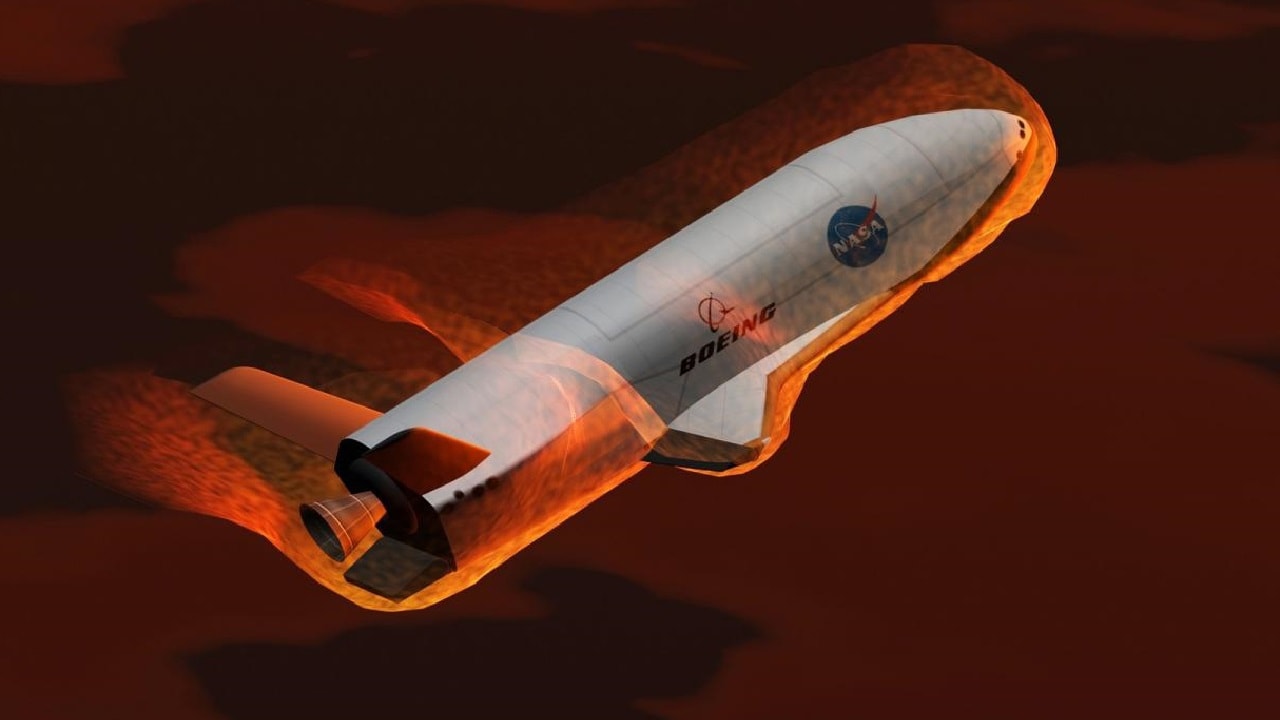A conflict in outer space is no longer an idea limited to the realm of science fiction. The United States takes the possibility very seriously as near-peer adversaries including China and Russia seek to expand their presence in the heavens.
Fortunately, the Department of Defense is taking a proactive approach to the growing threats from above. If a future conflict is fought in Earth’s orbit, the United States will be ready.
Key Space Force Tasks
This month, the U.S. Space Force — the sixth and newest branch of the United States military — activated a new unit under Space Delta 7 that will be charged to lead the efforts. The 75th Intelligence, Surveillance, and Reconnaissance Squadron (ISRS) will have three primary mission focuses: target analysis, target development, and target engagement.
The unit’s goal is to prepare and present intelligence packages about a target. These could include information about a satellite, a ground station, or the signal in between. It is now the first and only unit that will be dedicated to targeting other nations’ satellites and the ground stations that support them.
“The idea of this unit began four years ago on paper and has probably been in the minds of several U.S. Air Force intelligence officers even longer,” explained Lt. Col. Travis Anderson, who is now the 75th ISRS’ first commander.
“The 75th ISRS conducts advanced analysis on adversary space force and counterspace force threats along with their associated architectures,” Anderson added.
Space Wars
Militaries around the globe increasingly rely on space-based assets.
Friendly navigation and communication satellites, early warning tracking systems, and targeting sensors need to be protected, while those of an enemy must be effectively countered. Both roles will fall to the Space Force.
“Space forces are space capabilities used by a country to facilitate their joint warfighting,” Anderson said. “Counterspace forces, also called space attack forces, are space capabilities designed to deny the United States the ability to use our satellite systems during conflict.”
Not So Subtle
At this month’s activation ceremony, the unit’s new shoulder patch was unveiled, and it was clearly a bold step for the Space Force. It featured a grim reaper with a delta shape for its nose — the symbol representing the “historic ties to the earliest days of the U.S. Air Force space community,” as well as “all variations of space vehicles” that support the mission of the United States military.
According to the Space Force:
“The platinum represents the men and women of Space Operations Command who faithfully carry out the Space Force mission, the red triangle signifies targeting which is the mission of the 75th ISRS, the reaper inside the triangle signifies the demise of any adversary the squadron would target, the Polaris Star ‘glint’ symbolizes the guiding light of security and alludes to a constant presence and vigilance in space now and in the future, the nose is the delta symbol which evokes historic ties to the earliest days of the U.S. Air Force space community and represents change and innovation, and the scale armor background exemplifies the squadron’s strength and flexibility in the protection and defense of the space domain.”
Of course, the use of the grim reaper in the unit insignia was instantly controversial. It is hardly a friendly take on peaceful space exploration. Instead it sends the message that if you mess with the Space Force, you can expect death from above.
Author Experience and Expertise
A Senior Editor for 19FortyFive, Peter Suciu is a Michigan-based writer. He has contributed to more than four dozen magazines, newspapers, and websites with over 3,200 published pieces over a twenty-year career in journalism. He regularly writes about military hardware, firearms history, cybersecurity, politics, and international affairs. Peter is also a Contributing Writer for Forbes and Clearance Jobs. You can follow him on Twitter: @PeterSuciu.
From the Vault
The Navy Sent 4 Battleships To Attack North Korea
‘Sir, We Hit a Russian Submarine’: A U.S. Navy Sub Collided with a Nuclear Attack Sub

